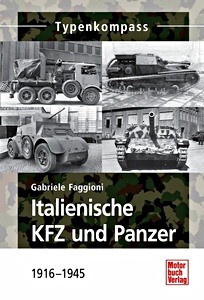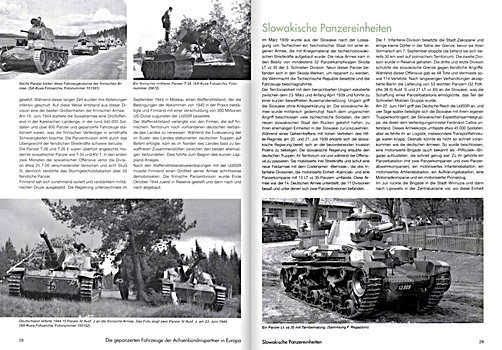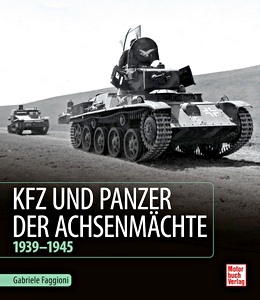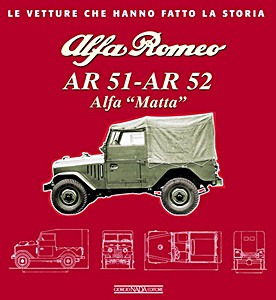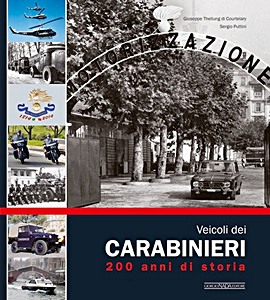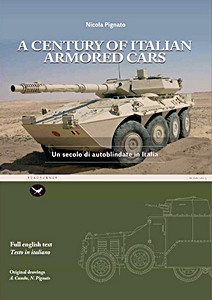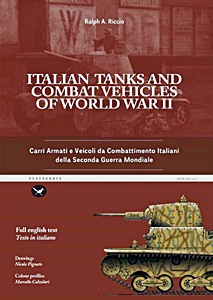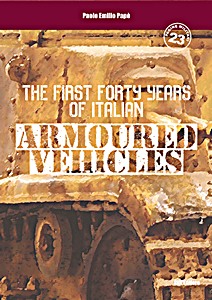Italian Soft-Skinned Vehicles of the Second World War (1): Motorcycles, Cars, Trucks, Artillery Tractors 1935-1945
This first volume provides a historical and technical overview of Italy's civil and military motorization from the 1920s to the end of World War II. It includes dedicated chapters on motorcycles, cars, and light trucks, covering their development, technical evolution, and specifications, supported by numerous period photographs.
It is often believed that Italy lost the war mainly due to the poor quality of its combat vehicles. However, impartial studies conducted since the war have shown that the real issue was the lack of vehicles and an inadequate logistics system. Despite this, many Italian vehicles were well-designed, durable, and efficient, particularly in the standardized motor vehicle category. These vehicles enabled Italian forces to operate in the challenging environments of North Africa, the Balkans, and the Soviet Union, and played a crucial role in their campaigns.
This is the first English-language study on the non-armored vehicles of the Italian Armed Forces, from the 1930s colonial wars and the Spanish Civil War to World War II. Each vehicle is described with details on its development and key technical features, accompanied by photographs, line drawings, a historical introduction, appendices, and color profiles.
Product details
| Author: | Ralph Riccio, Mario Pieri, Daniele Guglielmi |
|---|---|
| Details: | 152 pages, 11.6 x 8.25 x 0.31 in (29.5 x 21 x 0.8 cm), paperback |
| Illustrations: | 334 b&w and 7 color photos |
| Publisher: | Helion & Company (GB, 2023) |
| ISBN: | 9781804513279 |

Italian Soft-Skinned Vehicles of the Second World War (1): Motorcycles, Cars, Trucks, Artillery Tractors 1935-1945
Language: English
Available on Amazon - safe payment and fast delivery
Buy on Amazon.comBuy on Amazon UK
Buy on Amazon CA


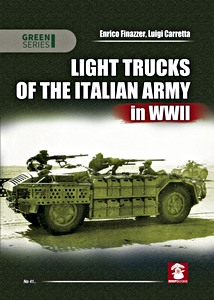
![Pages of the book [TK] Italienische Kfz und Panzer 1916-1945 (1)](../afb/details/PP03482.jpg)
